On display in Aduard and Groningen
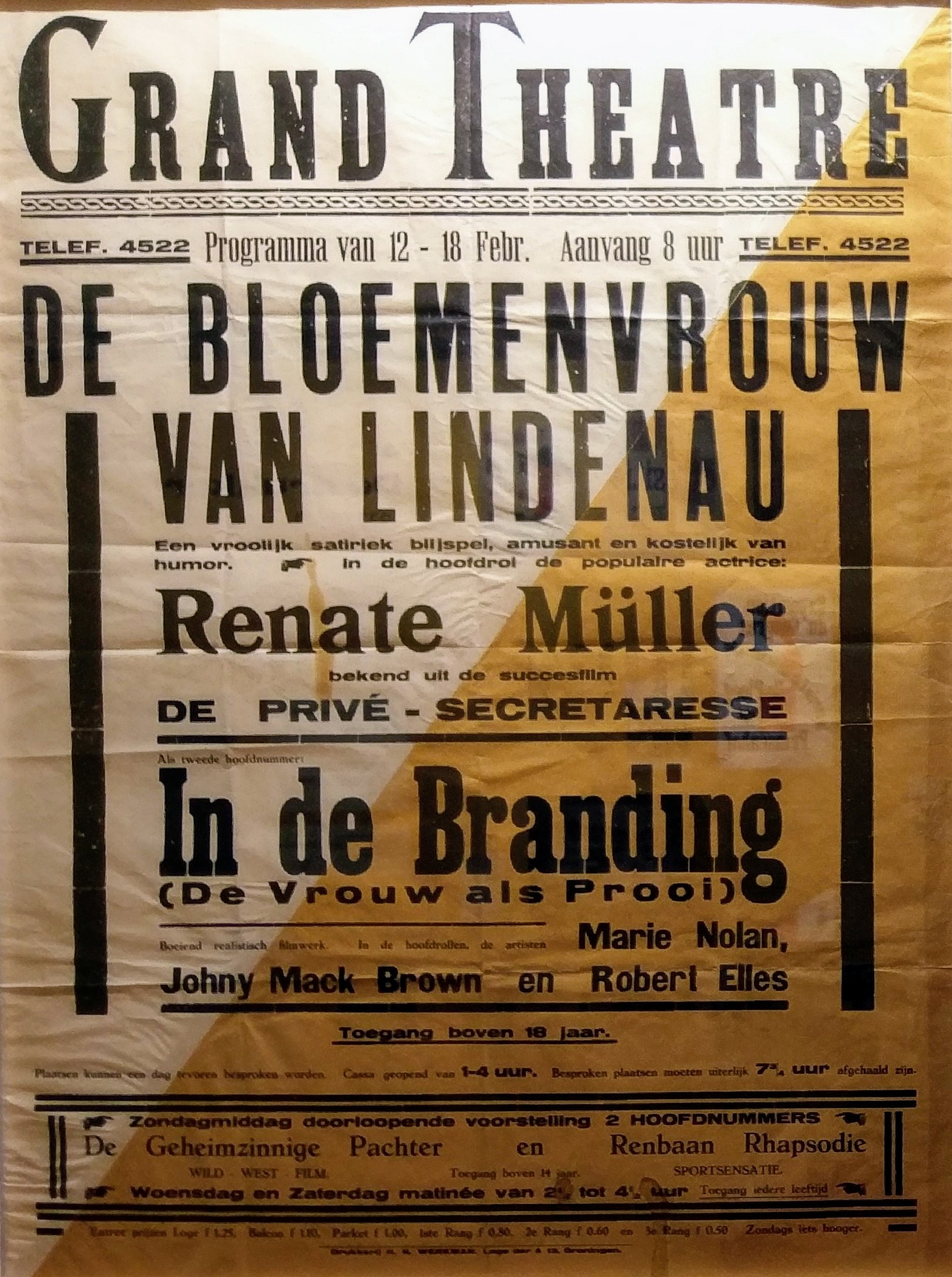
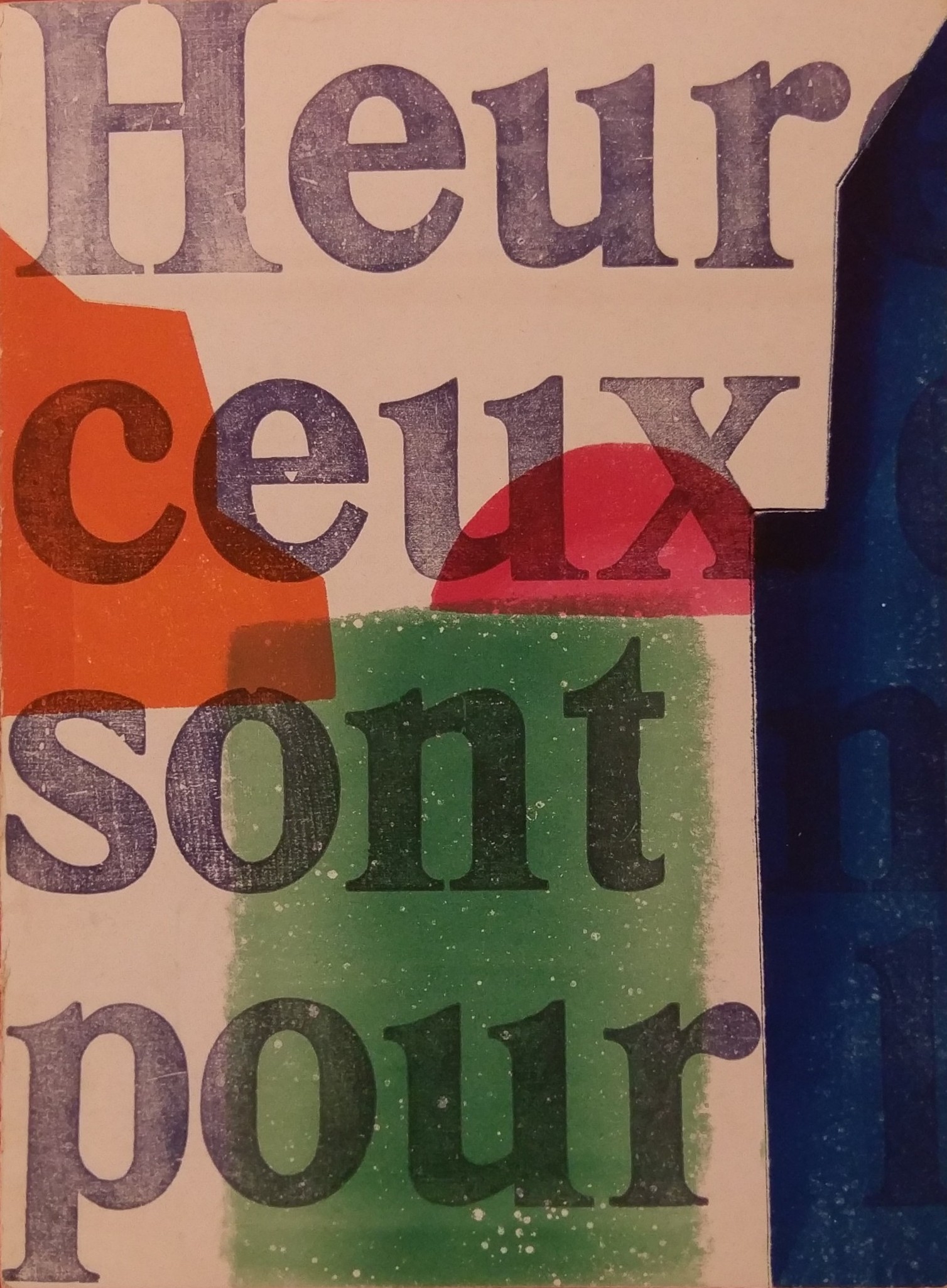
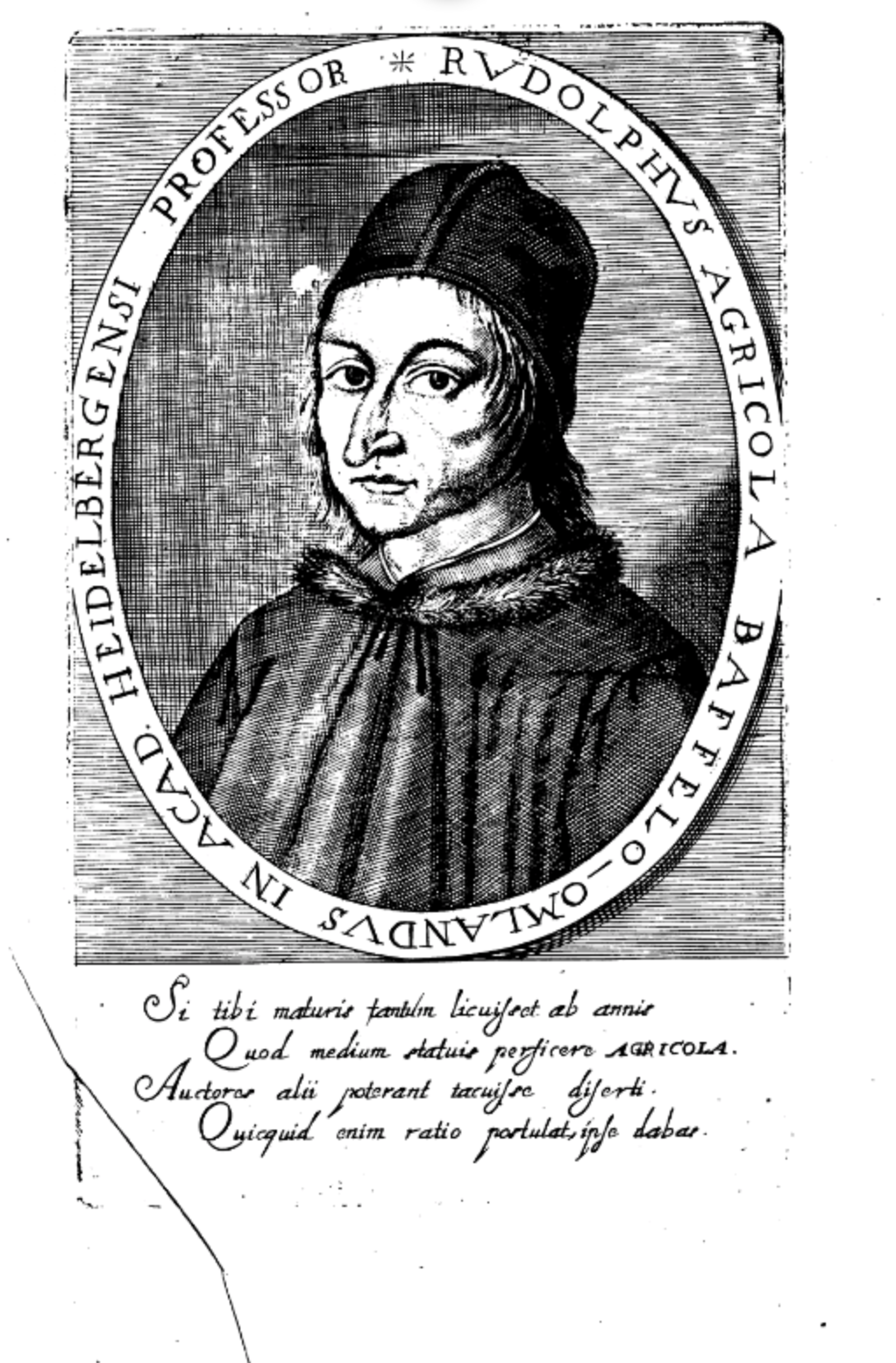
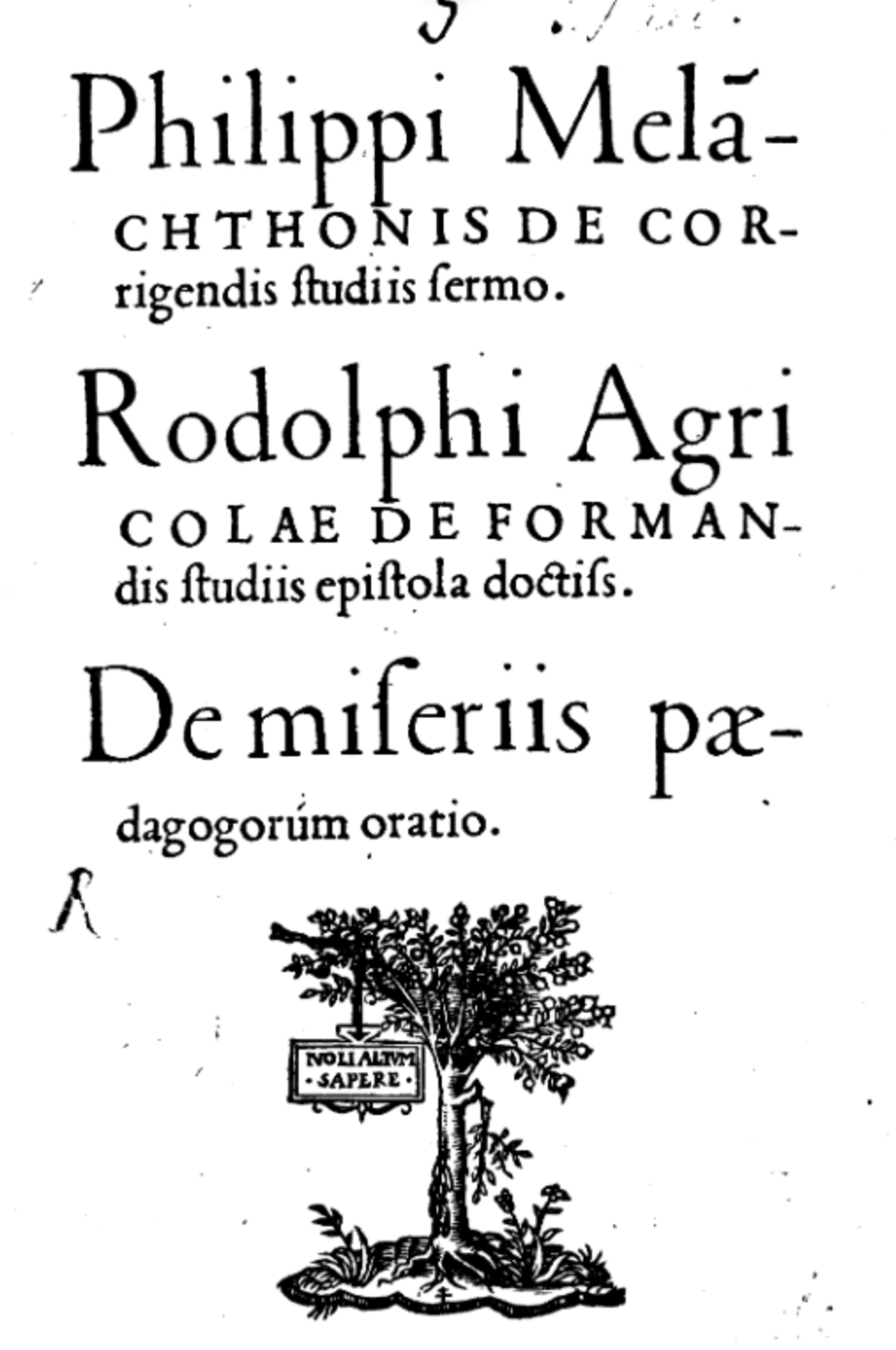
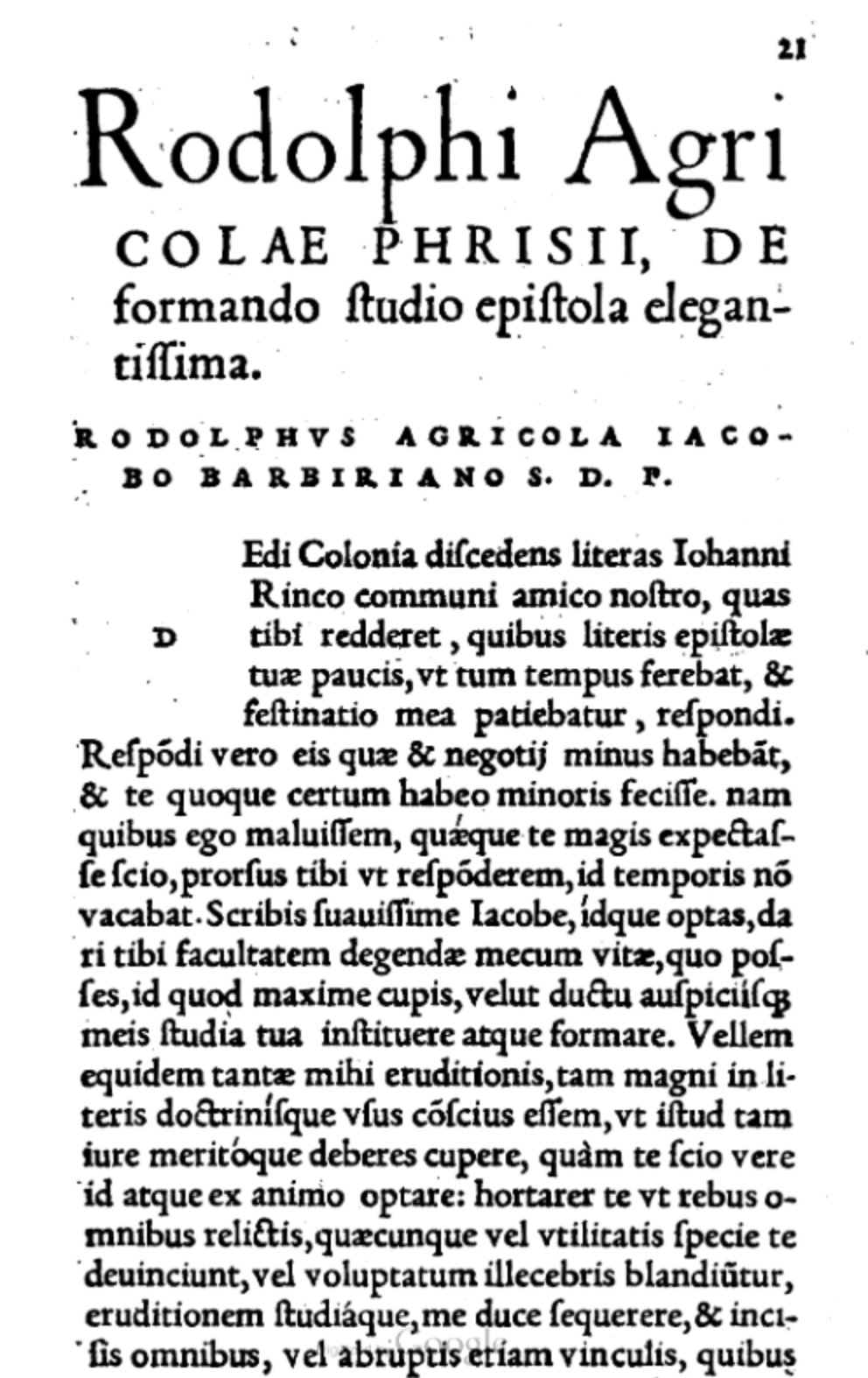
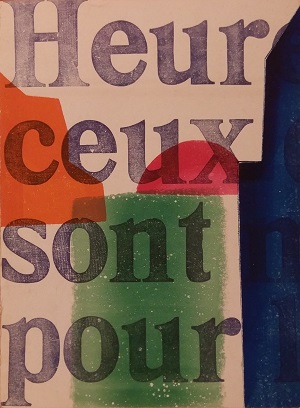
Three stunning works from the University of Groningen Library Special Collections are currently on display at exhibitions in Aduard and Groningen.
Good education
Monastery museum St. Bernardushof in Aduard is showcasing a fascinating booklet from 1534 which includes texts about good education by Philippus Melanchthon (1497-1560) and Rudolf Agricola (1443-1485): Melanchthonis de corrigendis studiis sermo; Rodolphi Agricolae de formandis studiis epistola doctissima; De miseriis pædagogorum oratio.
The booklet is opened at letter 38, dated June 1484, written by Rudolf Agricola from Baflo, one of the earliest humanists from the Low Countries, whose writings were very influential all over Europe. In this letter, Agricola explains his ideas on education to a friend in Antwerp. Among other things, he underscores the importance of creativity, i.e., coming up with something new to leave behind for posterity. Merely understanding what you read through a careful selection of literature and remembering all of it thanks to a well-trained memory is not enough, he believed. In the sixteenth century this letter was printed an impressive forty times as a short essay on education: De formandis studiis (On the design of the study programme).
The booklet is part of an exhibition entitled Van schrijfplankje tot schoolbord, onderwijs in Stad en Ommeland tussen 1200 en 1800 (From writing tablet to blackboard, education in the city and region of Groningen between 1200 and 1800). There is another reason why the booklet has found its way to the monastery museum: Rudolf Agricola was part of the so-called ‘Circle of Aduard’ or ‘Academy of Aduard’, a group of Northern humanists who gathered in the Cistercian abbey in Aduard to discuss old and new forms of culture.
H.N. Werkman
At the GRID Graphic Museum, the film poster De bloemenvrouw van Lindenau (The Flower Lady of Lindenau, 1931) and the commemorative issue Prière pour nous autres charnels (Prayer for us mortals) by underground publisher De Blauwe Schuit (1941) are included in the Werkman up top exhibition. The poster and the book were designed and printed by the ground-breaking, influential printer and artist from Groningen: Hendrik Nicolaas Werkman (1882-1945). Both have been included in the exhibition to show that Werkman was able to express himself completely differently using the same resources.
Film poster
For the film poster (his general printed matter) he used the same wooden letterpress as he used for the cover of the Blauwe Schuit publication (his war print). The letterpress was also used for his free art, his ‘scraps’. They illustrate how Werkman, who began as a commercial printer, started to more clearly profile himself as an artist and how he then almost effortlessly switched between general printed matter, war prints and free art. In his free work he completely abandoned the meaning of letterpresses and used the letters and other tools from his printing shop to create an image of expressive and often abstract forms, colours and the transitions between colours.
Werkman had a reason for using the name Renate Müller (1906-1937) as an eye-catcher on the poster of the Groningen Grand Theatre, as she was one of Germany’s shining movie stars of the 1930s, who was also beloved by a Dutch audience. Werkman had to use a trick to print her name because his collection lacked the umlaut symbol – he manufactured a separate diaeresis above the u. The diaeresis became a recurring element in his prints and scraps.
De Blauwe Schuit commemorative issue
In 1941, the underground publisher De Blauwe Schuit published its fifth printed product, the poem entitled Prière pour nous autres charnels (Prayer for us mortals) by Charles Péguy, in a print run of 90 copies, exclusively intended for friends of the printer’s. The poem, written as a prayer for mortals, was intended to commemorate the victims of the German invasion of the Netherlands. De Blauwe Schuit only copied the first seven of 67 verses.
On the cover, Werkman used the wooden letterpress to print parts of the first sentence of the poem: Heureux ceux qui sont morts pour la terre charnelle (Happy are those who have perished for the material world).The words Heureux ceux qui sont morts are also important because they are repeated in the first eighteen verses of the poem. With templates and a manual roller, Werkman printed irregular shapes in four different colours over a number of text fragments. He used this to bolster the meaning of the words. The printing company’s editors took the poem from an anthology of the works of Péguy that had been added to the French section of the University of Groningen Library (Morceaux choisis).
Please note: due to the current coronavirus restrictions, access to both exhibitions is currently limited.
| Last modified: | 15 December 2023 3.04 p.m. |
More news
-
06 May 2024
Impact: Utilization of geospatial data within international development cooperation
One of students nominated for the Ben Feringa Impact Award 2024 is Jonas Göbel. Göbel is nominated because of his internship research around the utilization of geospatial data in the field of international development cooperation.
-
03 May 2024
NWO Impact Explorer for Suzanne Manizza-Roszak's impactful postcolonial literary research
Suzanne Manizza-Roszak, Assistent Professor English at the Faculty of Arts has received an Impact Explorer grant from the Dutch Research Council (NWO) for her postcolonial literary research and the project to translate the results into social...
-
29 April 2024
Learning to communicate in the operating theatre
The aios operates, the surgeon has the role of supervisor. Three cameras record what happens, aiming to unravel the mechanisms of 'workplace learning'.

